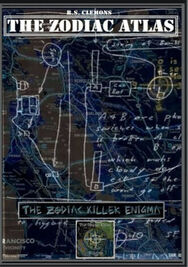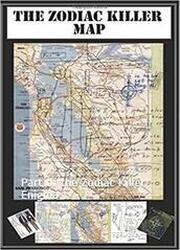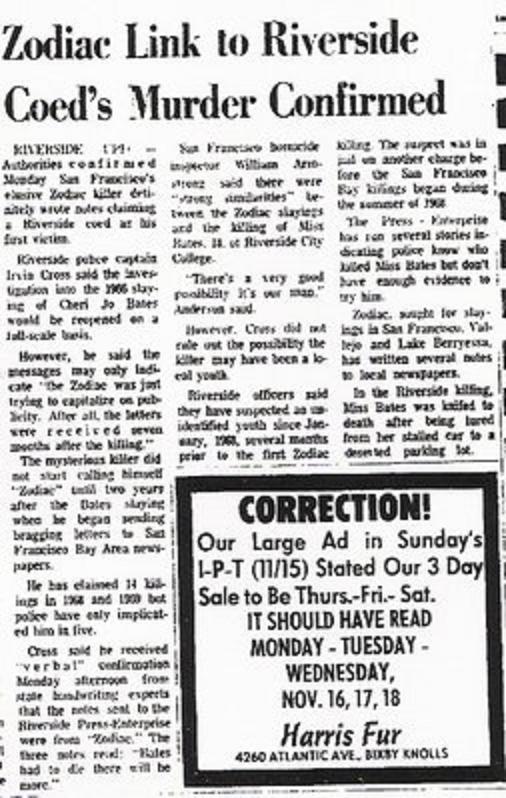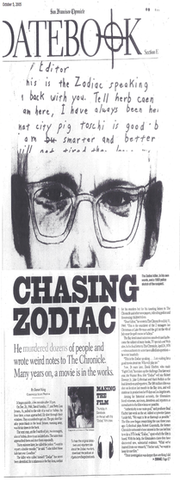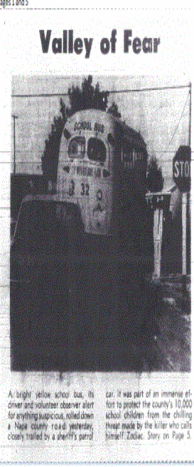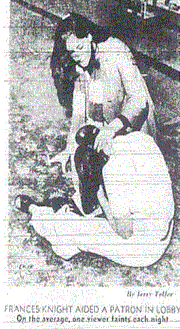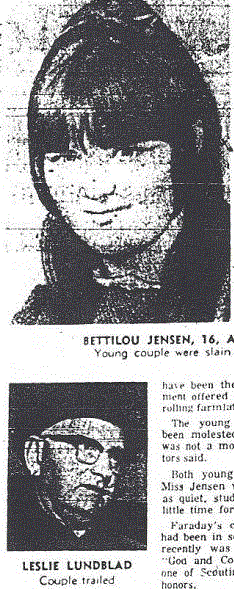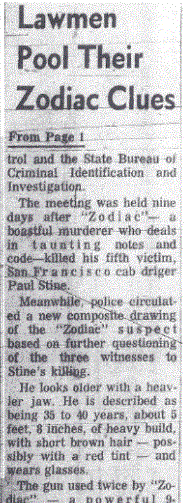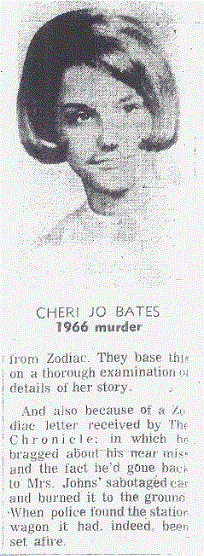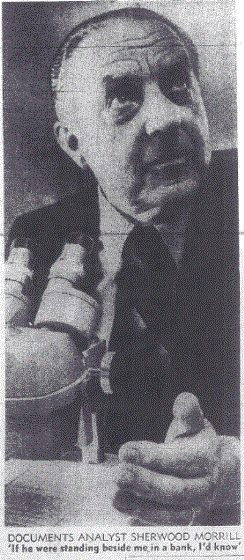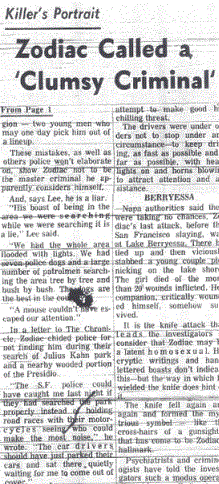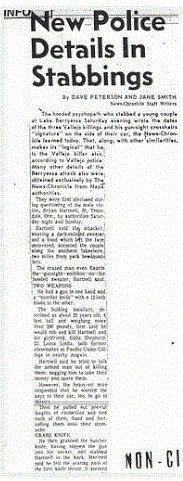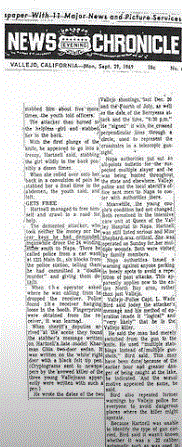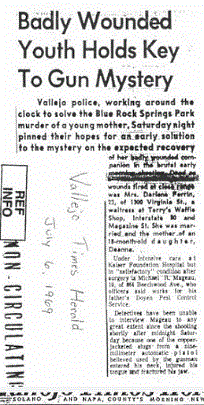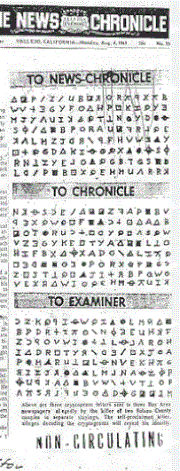 Click for full image
Click for full image The article argued that the Citizen card had been targeted at William Randolph Hearst Sr, who had previously forbade his newspapers running any ads for the Orson Welles Citizen Kane movie, released in Los Angeles on May 8th 1941. Hence the context of the card and the signing off with "A citizen".
The day after the Symbionese Liberation Army mailed the February 10th 1974 typed communication to the Hearst family, another typed communication arrived stating:
Hearst Family,
(Second Commandment: "For I the Lord as a jealous God and visit the sins of the fathers upon the children unto the third and fourth generation.)
No, we are not religious nuts, but we hate you for your father's part in starting the Spanish-American War, and also for his later, cheap liason with the trollop Marion Davies."
Our male ancestors were killed in your father's war and their wives were left with pensions of $25 to $50 a month for life. We wonder how you can hold up your heads in decent society, and why your contemporaries can stomach your presence. Our once proud families were destroyed by your father's war.....which he started to boost his circulation
HERE IS WHAT WE DEMAND;
Before we release your daughter Patricia, you must show proper humility by acknowledging the guilt of William Randolph Hearst (in regard to starting yellow journalism and instigating the Spanish-American War. You must publicly beg the forgiveness of your country. This must be done on ALL media and must be expressed in terms of abject humility.
When we are convinced you are showing abject humility for the sins of your father and his papers, we will release Patricia, whose only sin is that she carries the genes of William Randolph Hearst.
The SLA
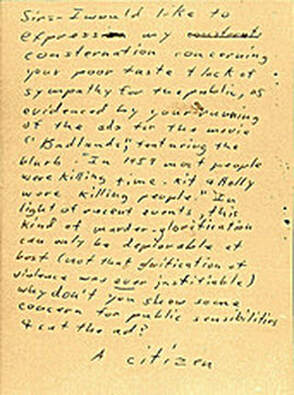 Click to enlarge
Click to enlarge "The term was coined in the mid-1890s to characterize the sensational journalism that used some yellow ink in the circulation war between Joseph Pulitzer's New York World and William Randolph Hearst's New York Journal. The battle peaked from 1895 to about 1898, and historical usage often refers specifically to this period. Both papers were accused by critics of sensationalizing the news in order to drive up circulation, although the newspapers did serious reporting as well. An English magazine in 1898 noted, "All American journalism is not 'yellow', though all strictly 'up-to-date' yellow journalism is American" Wikipedia.
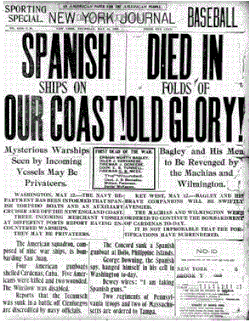
We now have a May 8th 1974 Citizen card mailed on the same day as the Los Angeles release date of Citizen Kane, calling for advertisements not to be run about the Badlands movie, just like William Randolph Hearst insisted his paper do with the Orson Welles movie Citizen Kane, and an insistence in both cases that "yellow journalism" was not acceptable, beginning on February 11th 1974 and ending on May 8th 1974.
In the final correspondence of 1974, on July 8th, the author complains about the "superiority complex" of Count Marco, who gave outrageous advice to women in a San Francisco Chronicle column geared towards sensationalism - the presentation of stories in a way that is intended to provoke public interest or excitement, at the expense of accuracy. The emphasis exhibited by the author of these two communications, was of somebody clearly irked by the newspapers coverage of events current and past, in the form of "yellow journalism." It certainly brings a new perspective to the phrase "red with rage."

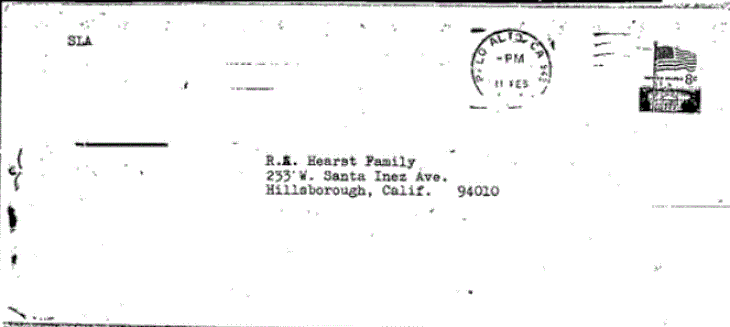
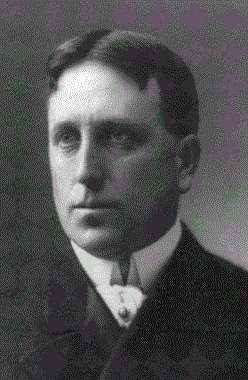
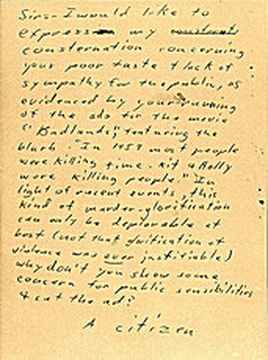
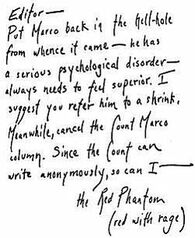
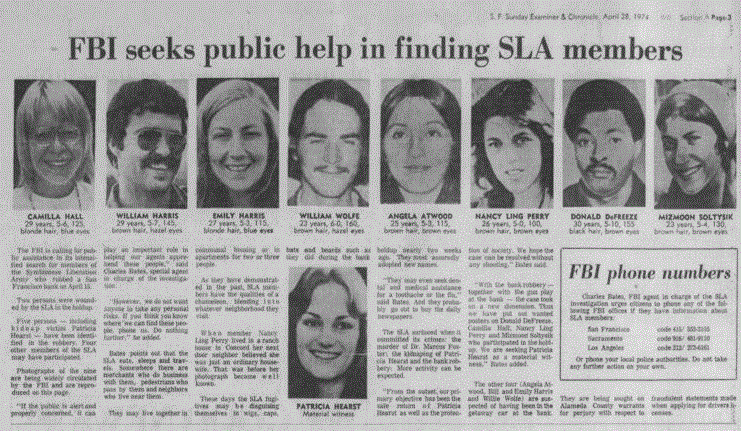


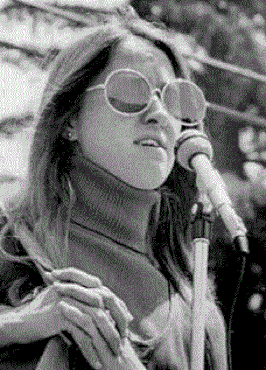
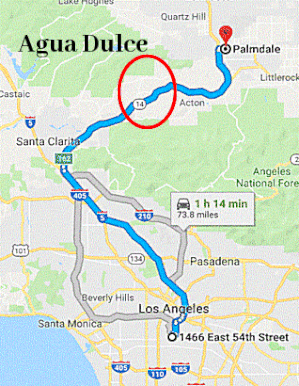
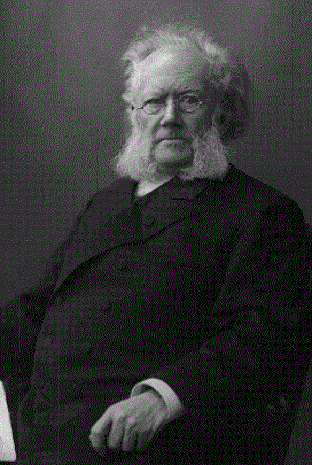


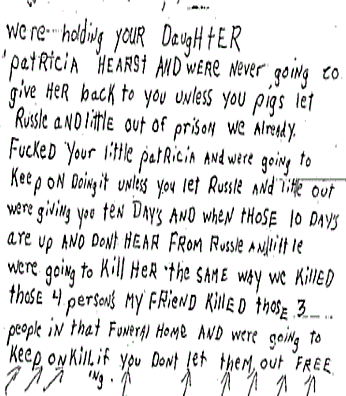
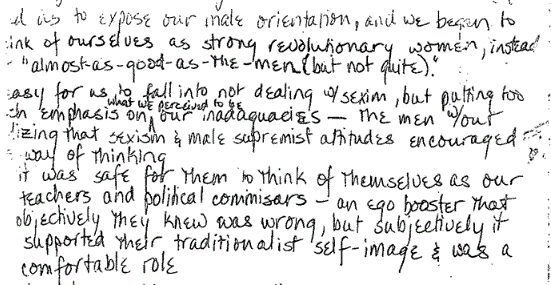

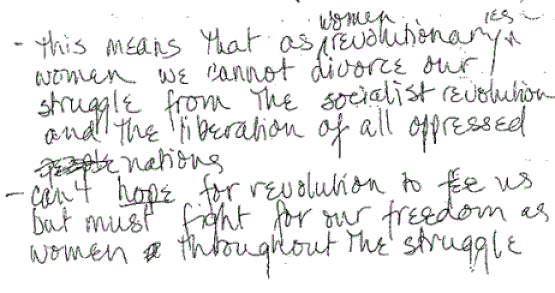
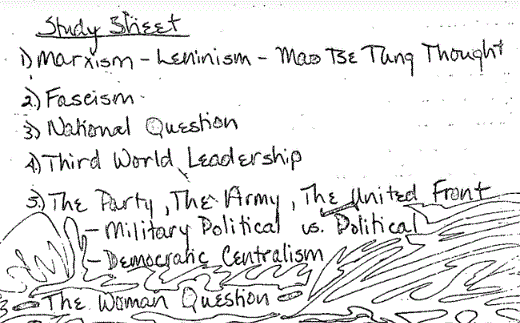

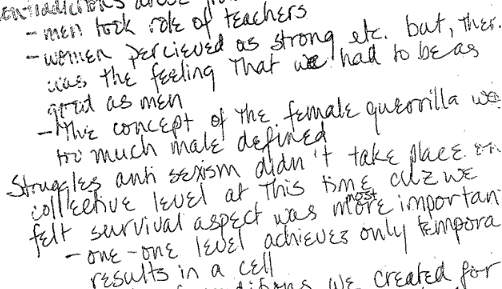
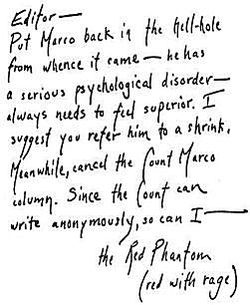

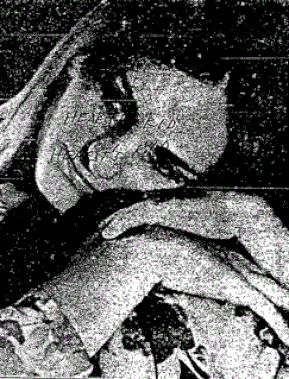
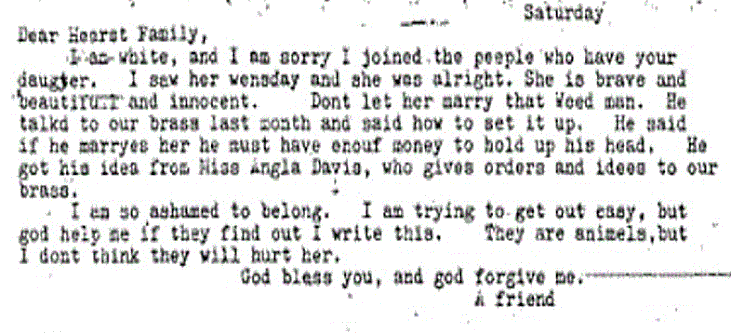
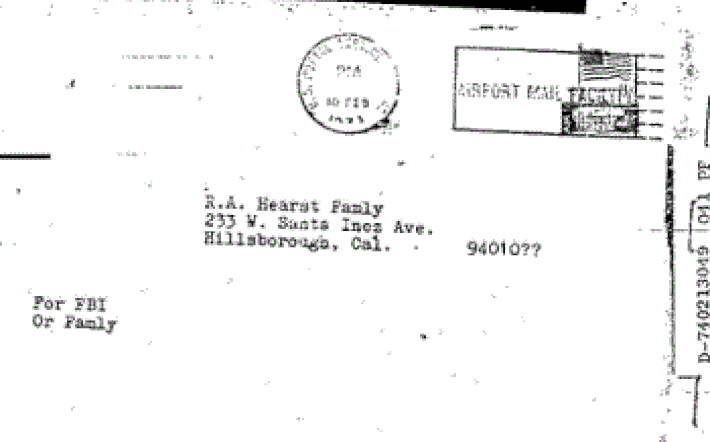


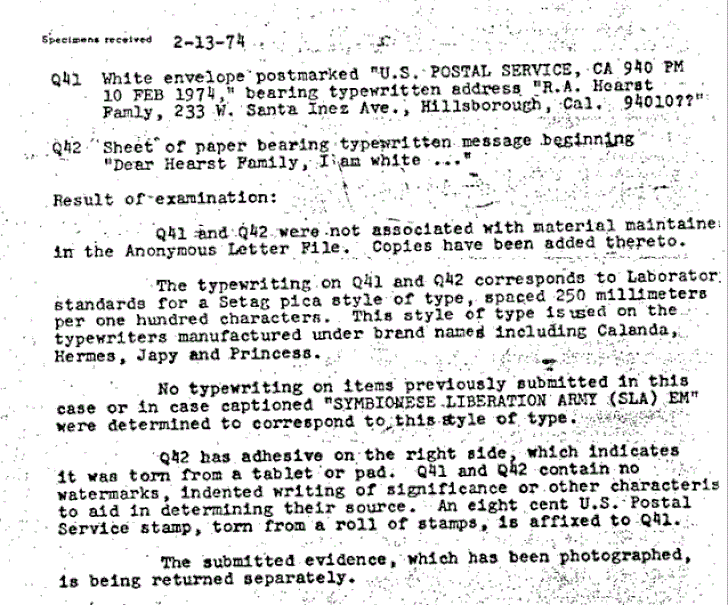
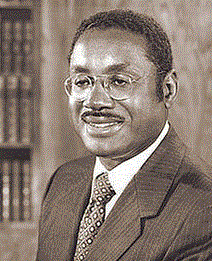
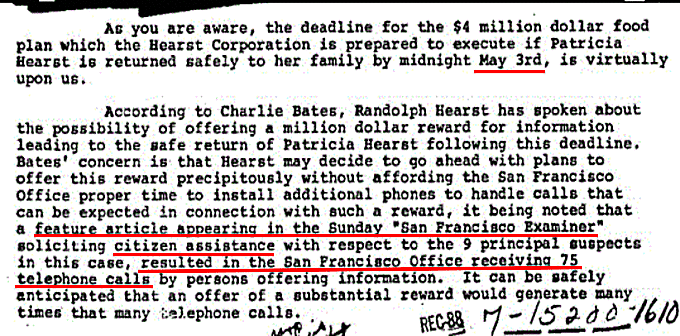

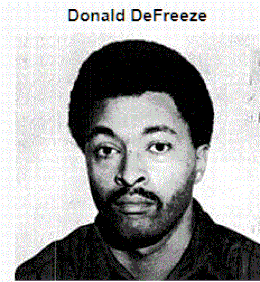

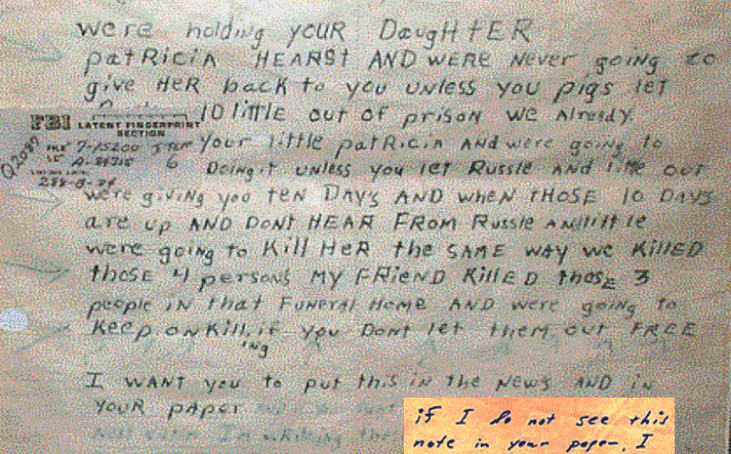
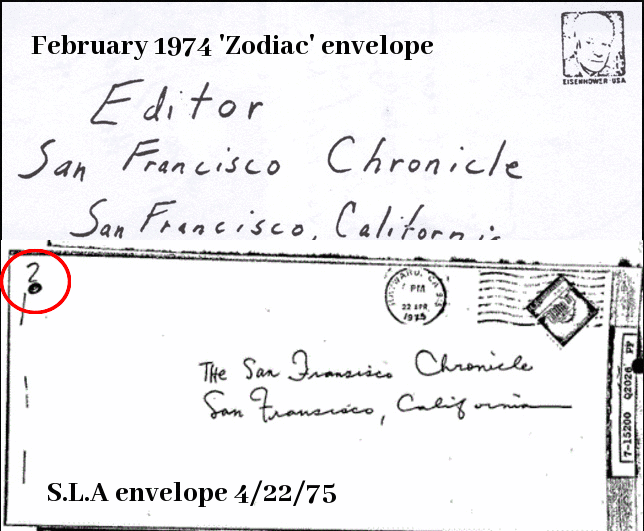
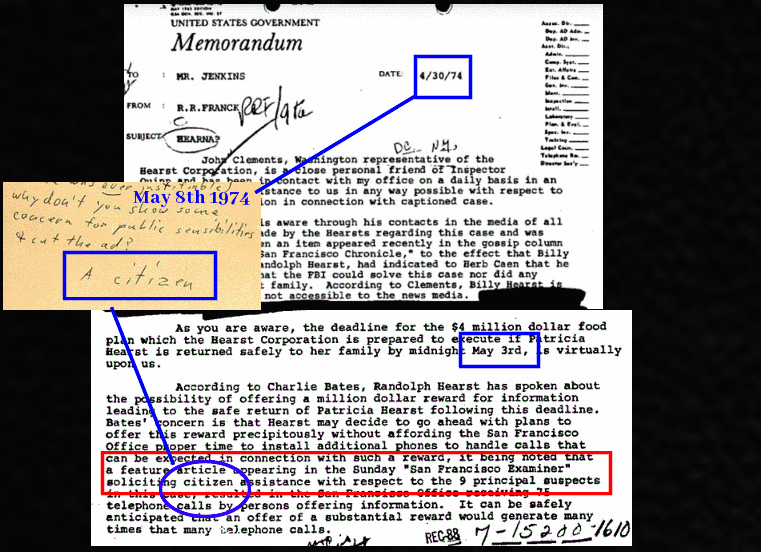
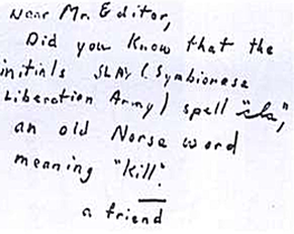
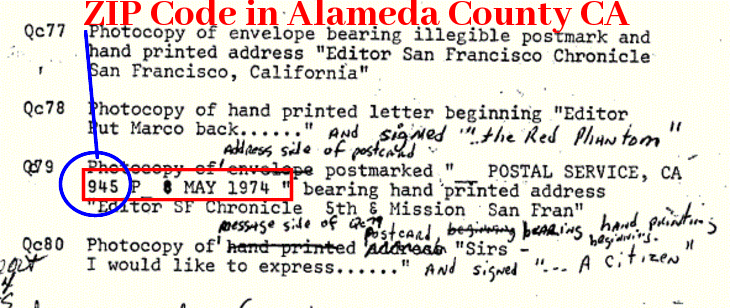
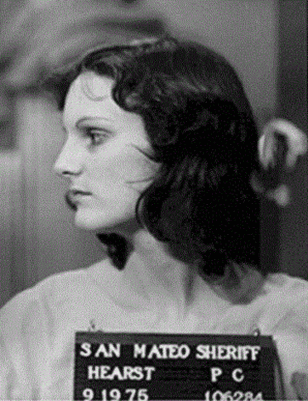

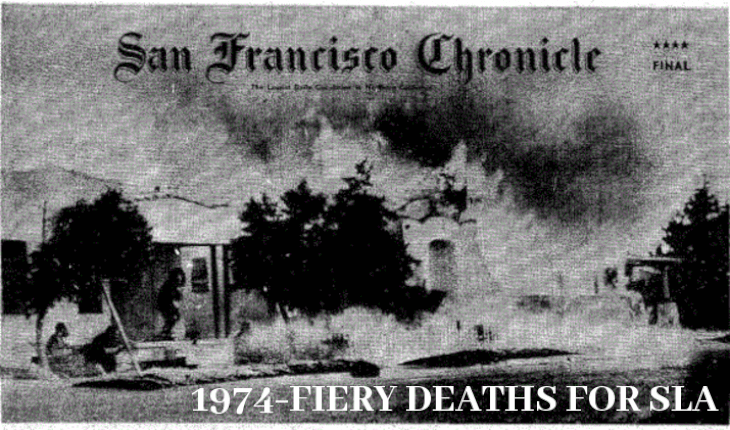



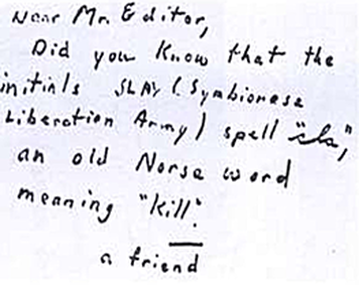
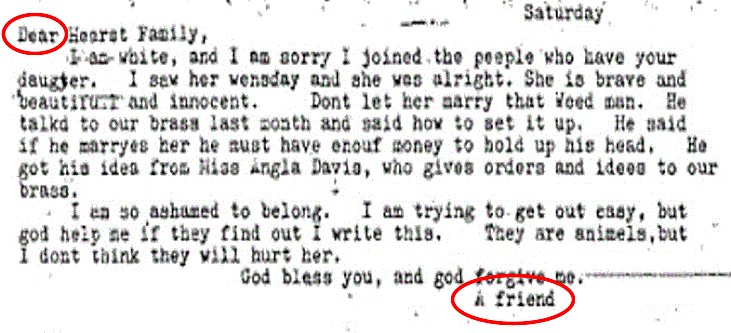
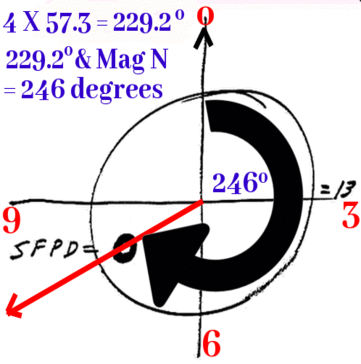
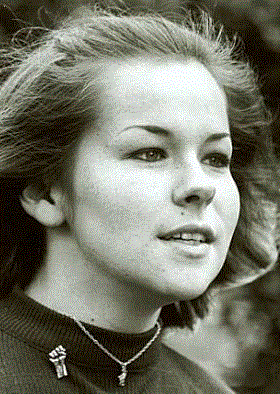
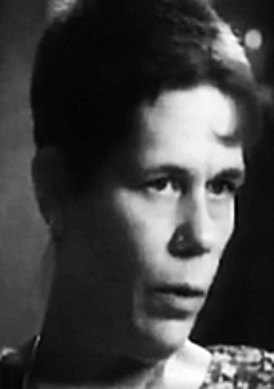

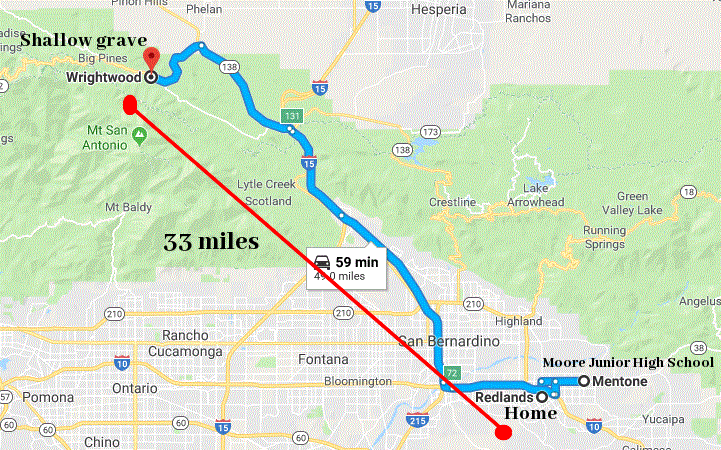

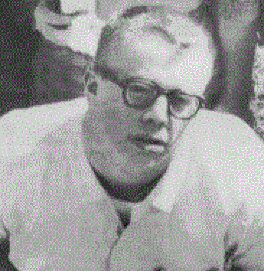
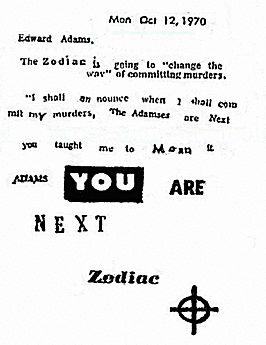

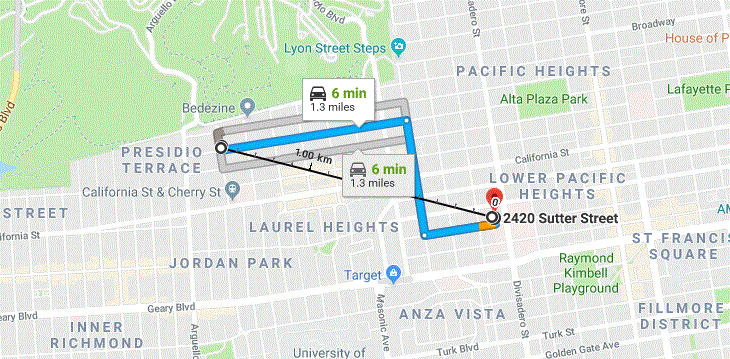
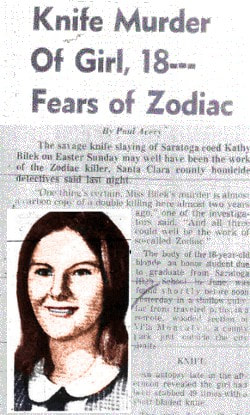





 RSS Feed
RSS Feed



